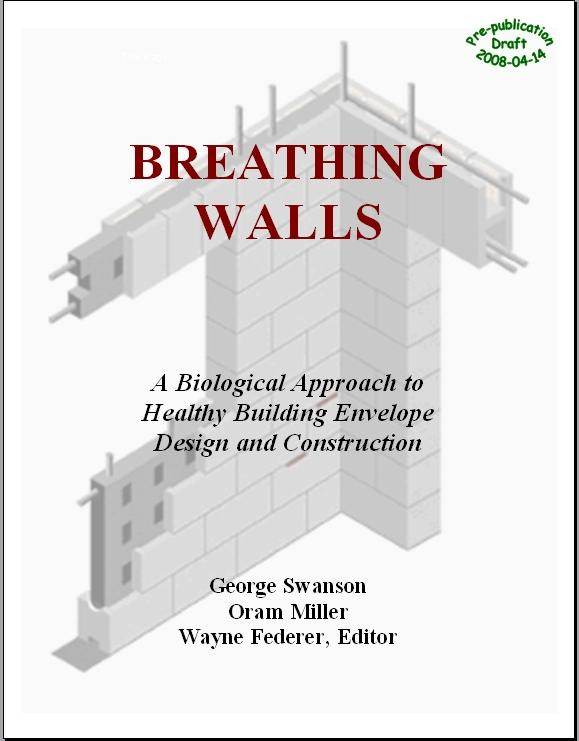
 1
1





"We're all just walking each other home." -Ram Dass
"Be a lamp, or a lifeboat, or a ladder."-Rumi
"It's all one song!" -Neil Young




"We're all just walking each other home." -Ram Dass
"Be a lamp, or a lifeboat, or a ladder."-Rumi
"It's all one song!" -Neil Young
 1
1








"We're all just walking each other home." -Ram Dass
"Be a lamp, or a lifeboat, or a ladder."-Rumi
"It's all one song!" -Neil Young
 1
1




 1
1








Paramount Natural Design-Build Architect, Engineering Services, GC, LLC.




"We're all just walking each other home." -Ram Dass
"Be a lamp, or a lifeboat, or a ladder."-Rumi
"It's all one song!" -Neil Young




Andrea Ghensi wrote:Hi all, first post here, please let me share my thoughts.
I live in Italy and just graduated from Architecture and Building Engineering, and took a couple of courses on timber constructions and and architecture, in which we talked a bit about energy efficiency/passive houses.
Eager to know more about sustainable architecture and permaculture, I started reading Paul Wheaton site and this forum, then came across this thread. It really confused me.
I was taught homes need to be airtight in order to prevent heat losses, and a proper layered walls avoids the moisture to be trapped between layers and mould to develops on the surface.
Then I took a look at chapter 7 of the book, and found that the author addresses what the real problem is: vapor retarders are misused in a conventional building. It has nothing to do with air. In fact, if air could be the main vector of vapor if you don't pay attention at the connections.
The incorrect use of the vapor barriers are the product of relying on the old Glaser model, a method that doesn't take account of the many variables of the heat and moisture "transmission" (i.e. variation in performance of materials based on humidity level and the starting humidity content in the material). I don't know how the situation is in US, but now Europe moved to a more accurate method, that involves complex calculations made only by computers. a good software to have a pretty accurate analysis is Wufi plus: http://www.wufi.de/index_e.html the bad news is it costs a lot!
The rule of thumb, however, is to use layers with diffusion values that increases as you go outside of the wall.
To sum up, I think the term "Breathing" is very misleading, and should be changed with "Transpirant", to avoid misconceptions.
just my 2 cents
 nor the title which is used loosely.
nor the title which is used loosely.
Paramount Natural Design-Build Architect, Engineering Services, GC, LLC.
 1
1




Paramount Natural Design-Build Architect, Engineering Services, GC, LLC.




Paramount Natural Design-Build Architect, Engineering Services, GC, LLC.




 I know that the term is explained earlier in the book, but I'm still thinking about the man next door that wants to drill holes in the wall to let it breathe
I know that the term is explained earlier in the book, but I'm still thinking about the man next door that wants to drill holes in the wall to let it breathe 

 1
1





|
Those are the largest trousers in the world! Especially when next to this ad:
The new gardening playing cards kickstarter is now live!
https://www.kickstarter.com/projects/paulwheaton/garden-cards
|





